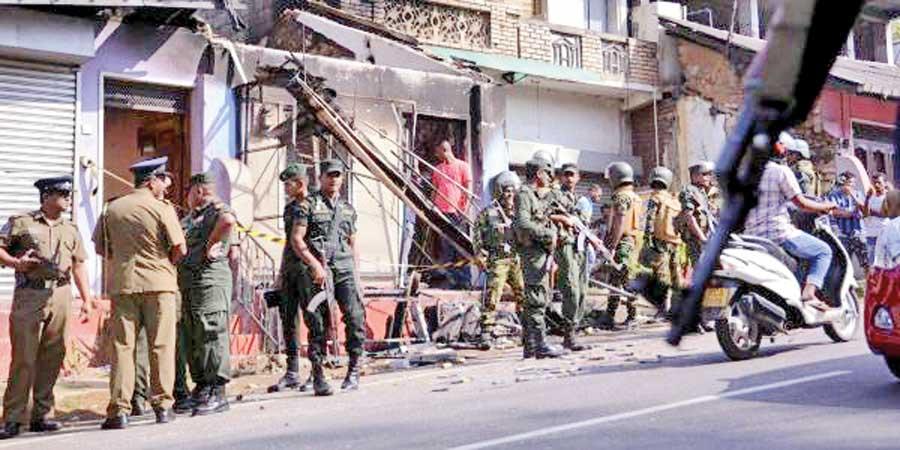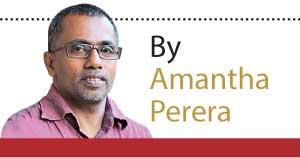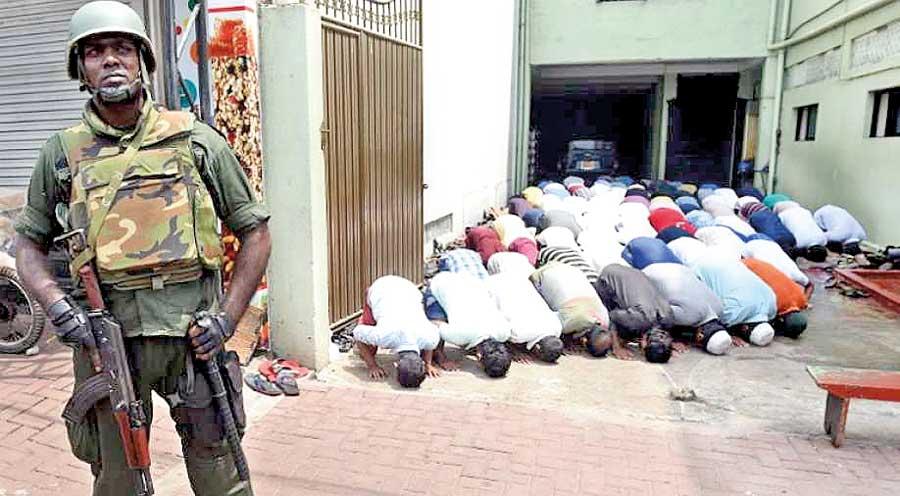Reply To:
Name - Reply Comment

Weaponizing of Facebook in Sri Lanka was taking place as far back as 2014
Last week Facebook finally admitted to and apologised for something that has not been a secret.
It apologised for the role played by the platform in the March 2018 riots. A Human Rights Impact Assessment (HRIA) conducted by Article One detailed the findings. 
The story was a big one in impact and scale. It has been two years in the making. The impact of the platform on Sri Lanka is enormous. We don’t know the full extent of the impact because we don’t know the full data, but it is huge.
In any given day there are 4.4m active users from Sri Lanka on the platform. Any month the figure is 6.6m. No other single entity online or otherwise has enjoyed this kind of brand loyalty in Sri Lanka.
But the apology is not the story. Facebook role in the riots is not the story. We knew that local researchers like Sanjana Hattotuwa had been writing to Facebook well before the riots on the threats posed by hate speech on the platform.
They have been documented thereafter as well. The weaponizing of Facebook in Sri Lanka was taking place as far back as 2014, publicly available research has established.
Even Facebook’s tardy reaction to the role was not the news. That too is to be expected.
Unfortunately, Sri Lanka media missed the Facebook story almost completely. The wolfpack drove straight on to the apology story which did not require any hard reporting. It was the usual cut and paste job.
The important story, the story that mattered and the story that required journalistic ingenuity and oomph is to reach beyond those numbers. It is to extract what 4.4m daily users of the platform translate to.
Do we know how many posts these 4.4m active users generate? How many of those are problematic? How many posts are taken down? How many content moderators are employed by the platform solely for Sri Lanka?
As much as Facebook has been forthcoming, there is so much we don’t know. It was left to Hattotuwa to raise technical issues on whether Facebook’s Artificial Intelligence capacities add up to the Sri Lanka situation where the vernacular is the most potent conveyor of hate.
"We needed journalism to place Facebook’s latest public admission of slip-ups in context. For starters, the Article One report does not reach beyond 2018"
We needed journalism to place Facebook’s latest public admission of slip-ups in context. For starters, the Article One report does not reach beyond 2018.
“One major source of salient Human Rights risk related to the Facebook platform in Sri Lanka is the spread of rumours and hate speech to incite violence against Muslim minorities. The March 2018 violence in Kandy is, at the time of writing, the most publicized incident of such violence, but not the only one.”
So much has taken place during the ensuing period. The Easter Attacks and aftermath, the elections and the now COVID19. Each created its social media accelerated dangers. What do we know of these? Do we even know what resulted in Facebook working closely with the Election Commission last year?
When the Facebook HRIA was coming out, several of us did get local journalists into the loop by copying documents and highlighting the importance of looking beyond the releases.
I had two inquiries for all my efforts, neither of which resulted in any stories.
And I was not surprised. Not so long-ago Sri Lankan, journalism training organisations provided public forums for Facebook representatives to put out public statements but not take any questions on at least on three occasions. The trend had been already set.
That the most in-depth reporting on the story came from a Sunday column filed by a foreign correspondent, in itself says a lot about the ineptitude of the national media to crack this story.
This absence of in-depth reporting is nothing new and would not be the last such failure. The same media corps has failed to get over-reporting the COVID19 pandemic beyond the official releases and click-bait headlines.
The failures are due to a complex combination of reasons from the erosion of professional acumen to an ill-gotten sense of self-importance pervasive within the media.
Of course, the media is important. Not so much as the sole custodians of the national information arc, which it is not, but as the interlocutors for actionable information that could save lives.
Keeping all the intricate reasoning aside, if the story dealt with 4.4m possible daily interactions, it should get any journalist worth that badge moved t o do that story. Enough said.
The writer is currently pursuing a Masters by Research at CQUniversity, Melbourne on online journalism
and trauma
Twitter - @amanthap

Pictures show the end result of social media campaign 2019